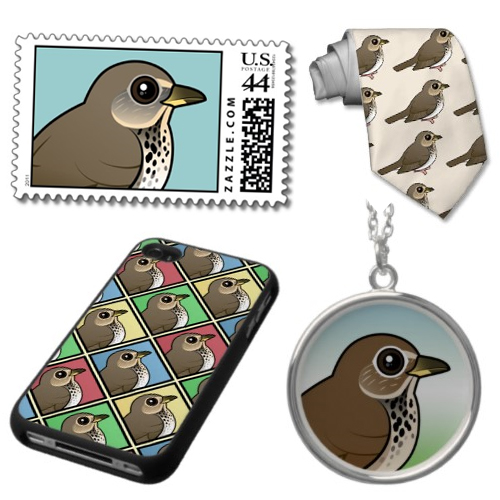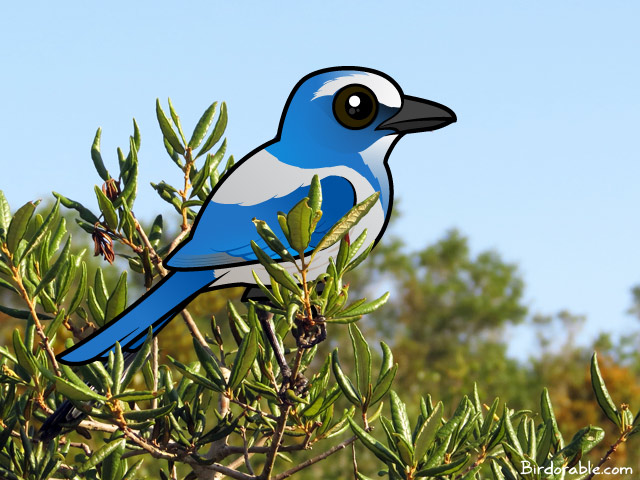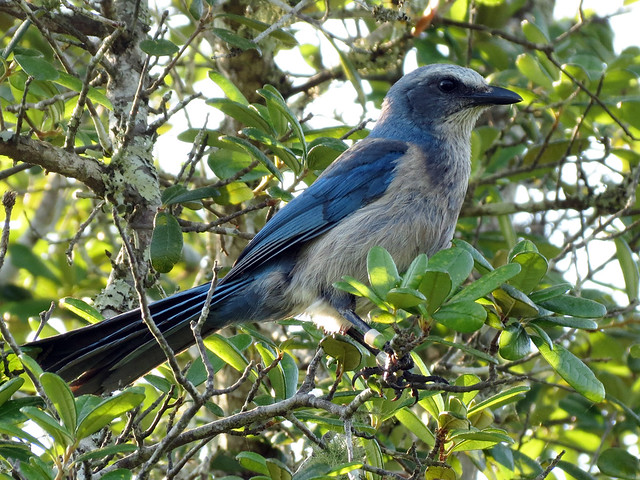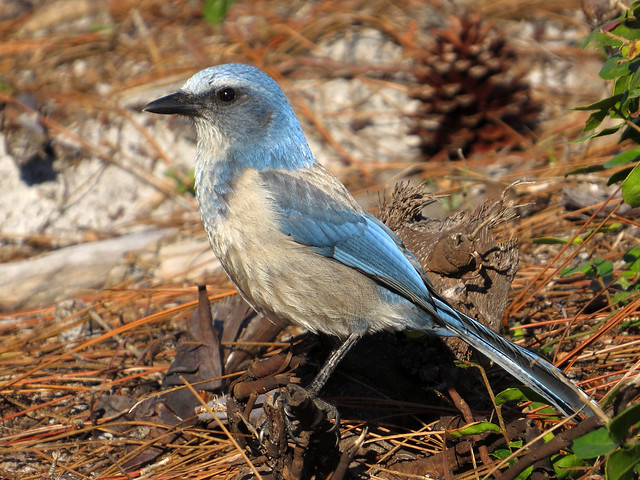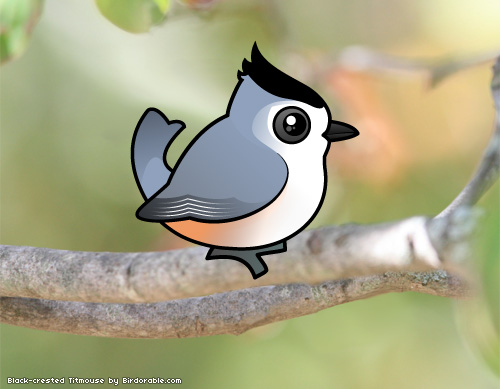We've recently added three members of the Thrush family to Birdorable: the Gray-cheeked Thrush, the Swainson's Thrush, and the Hermit Thrush. These three species, along with the related Wood Thrush and Veery, belong to a group of brown spotted thrushes that breed in North America and present an identification challenge to many birders. Besides their rather similar plumage, these three thrushes share another trait: they are "notable as world-class singers," according to Bill Thompson III's Identify Yourself: The 50 Most Common Birding Identification Challenges. "Their flutelike songs are produced by a complex system of syringeal muscles that are able to create multiple notes simultaneously. These rich vocalizations [...] have evolved to be heard in the thick vegetation of the woodland habitats where these thrushes breed." Hear their beautiful songs for yourself! Do you have a favorite?
These three cute Birdorable thrushes are available on a variety of novelties, t-shirts, and gifts, including neckties (shown with the Swainson's); postage (Gray-cheeked); necklace (Hermit); and iPhone cases (Swainson's).


